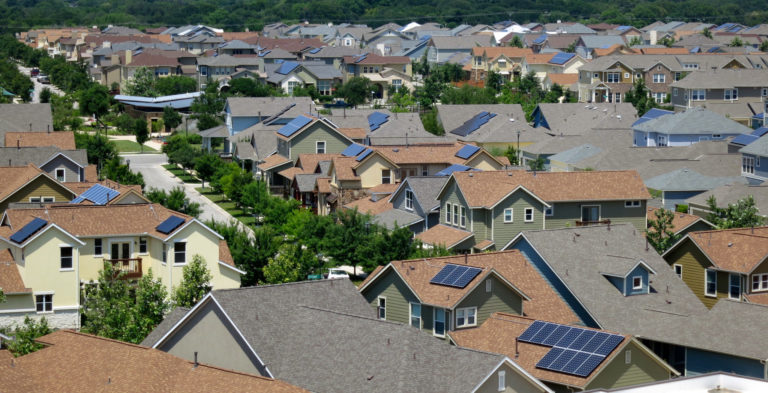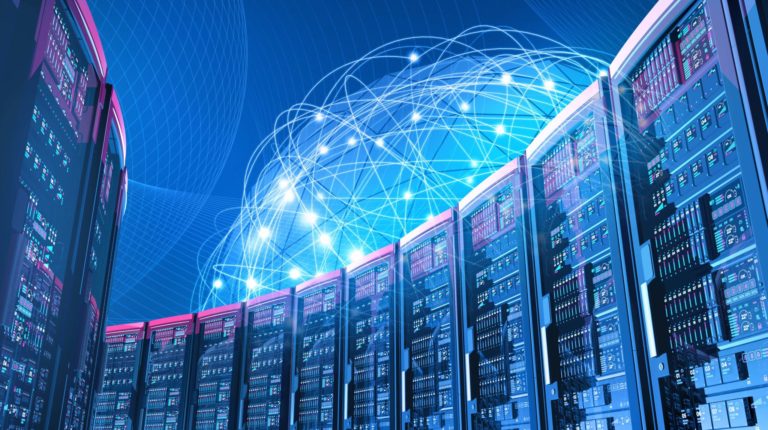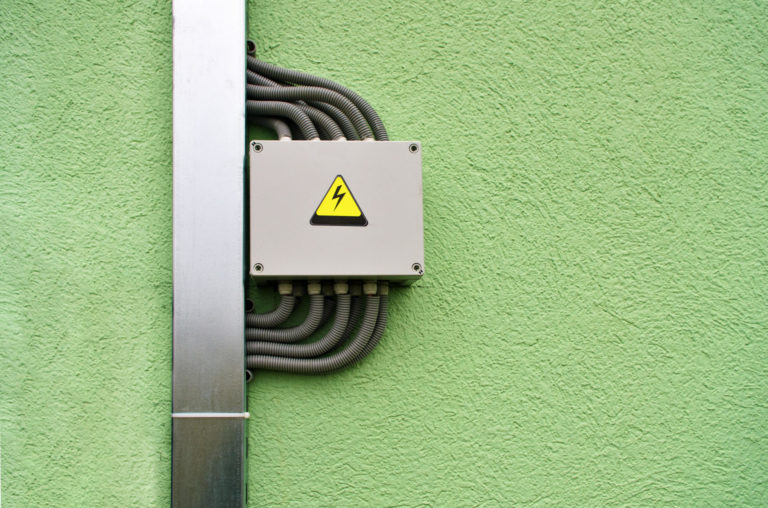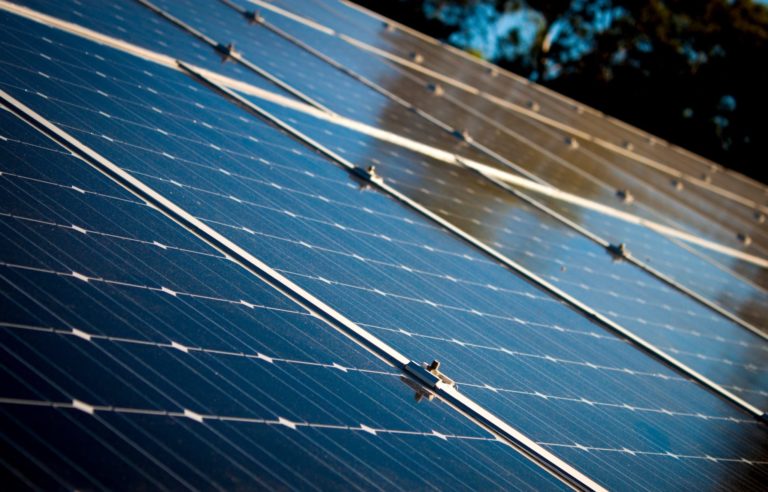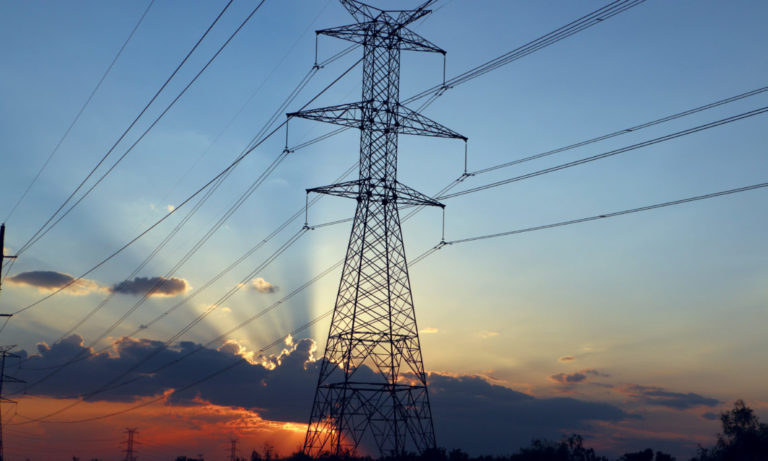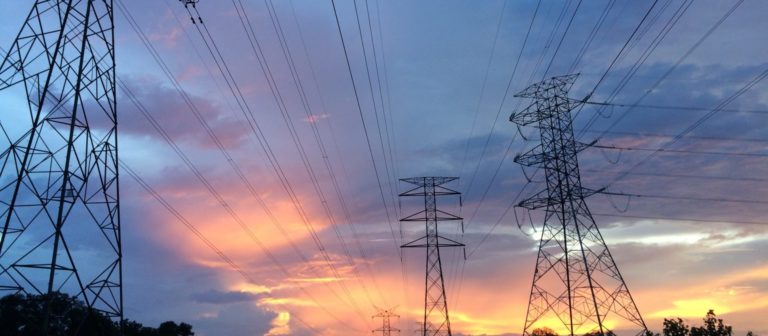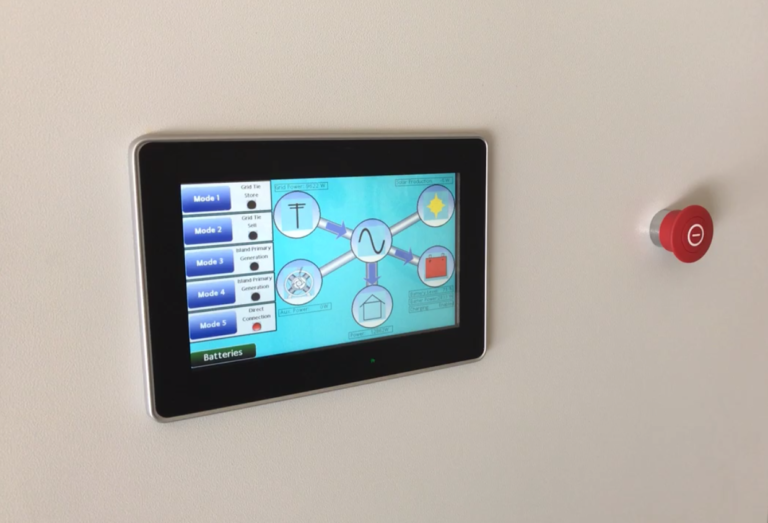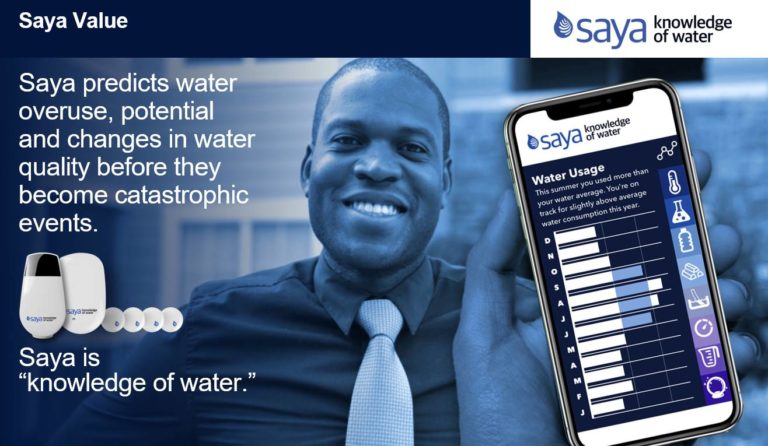February 12, 2021

By Suzanne Russo, CEO Pecan Street
A great number of trends, technologies, policies and market conditions have significantly improved the promise of clean energy products and services. The cost of solar systems and batteries has never been lower. Sophisticated home automation technology allows customers to control nearly every electrical outlet and appliance from their smartphone, whether they’re at home, at work, or on vacation. Nearly every major auto manufacturer makes a 2021 electric vehicle or has plans to make one or more models soon.
Why then, amidst all of this technology and market progress, does the electricity market in 2020 look so much like it did in 2010, or even 2000?
Over the last 10 years of conducting research on electricity use and advanced technologies like electric vehicles and solar systems, my colleagues at Pecan Street have found there are four key technology roadblocks that are holding back innovation and adoption of cleantech products, services and systems.
If you want to dive a little deeper, download our free Technology Roadblocks to the Clean Energy Future whitepaper and sign up for our webinar scheduled for March 3, 2021.
Lack of High Fidelity, Accessible Data
Pecan Street has collected more than a petabyte of energy use and generation data from nearly 1,000 homes in our voluntary research network. Our equipment takes up to 120 measurements per second from each home and produces more than two billion data points per day.
This large amount of data has allowed us to perform very precise analysis of when and how energy is used and generated. But outside specialty research organizations like ours, the industry is not yet able to perform the kind of algorithms that would truly automate a residential customer’s energy life the same way that location data has propelled mobile apps.
Such functionality across the industry would not only require more and better data, but also infrastructure inside homes that would collect and transmit it in real-time and make it available at the right time in the right places to the right devices. Today’s proprietary products and platforms are not designed to work (and share) like that.
Lack of Interoperability
For customers who have invested in several cleantech products, it’s unlikely that their smart solar inverter communicates with their smart thermostat or EV charging station. Smart inverters don’t even respond in a standardized way to central utility commands. Imagine buying a laptop, a phone, a printer and a WiFi router today that wouldn’t all connect together seamlessly.
This silo phenomenon happens in most new fields, and it slows innovation and adoption. Customers have to learn far more than they should have to about which products work together and spend more to get the right combination. Companies have to either invent their own connectivity technology or choose sides. The more systems are standardized, the faster the products that use them are developed and adopted.
Cleantech products are designed for specialization, not system optimization
Despite the rhetoric of smart meters and smart inverters, the grid is still a collection of individual devices with narrow functions that operate on their own.
Solar inverters, for example, are capable of a lot more than what we currently use them for. If designed to optimize the customer’s entire energy system, including, for example, energy storage, inverters could autonomously shift load to periods of high clean energy generation, notify the utility of adverse conditions or even take action without direction from a utility to help stabilize the grid or mitigate potential congestion issues. Further, providing smart inverters access to historical load patterns could allow them to create schedules for economic dispatch of solar and energy storage systems. Providing them access to data from other systems connected to the same transformers would bring more value to the utility and customers.
Lack of data and governance structures to harness the power of AI
Beyond energy data, other data streams are needed to optimize and personalize the energy system: weather, market, emission, customer location, and lifestyle data. Most of these are ubiquitous, free, or both; access is not the problem. Gathering, aggregating, and sharing them quickly, on the other hand, are all challenges that require a platform that enables real-time integration and coordinated response among devices and between them and the grid.
As we move toward an increasingly data-driven and digitized world, artificial intelligence (AI) systems are necessary to use this data for grid system security, reliability and affordability. As more clean energy resources are deployed, AI that can manage their intermittency and take full advantage of their built-in intelligence is critical to ensuring the full benefits of ratepayer-based investments in energy generation are passed along to every single customer.
Moving Forward
These roadblocks illustrate the many moving pieces required to optimize a decentralized and interoperable energy ecosystem. Removing them will require action from a variety of players, from individual groups and companies like Pecan Street to regulators and policymakers. Utilities will have a huge role to play, too. Enthusiastic and genuine utility leadership – including investments that demonstrate their commitment – will be the single most powerful force for change. On the contrary, half-hearted support or opposition from large utility players will delay or even doom meaningful progress.
Suzanne Russo is CEO of Pecan Street Inc. in Austin. You can read more about the technology roadblocks to the clean energy future at www.pecanstreet.org/roadblocks.









